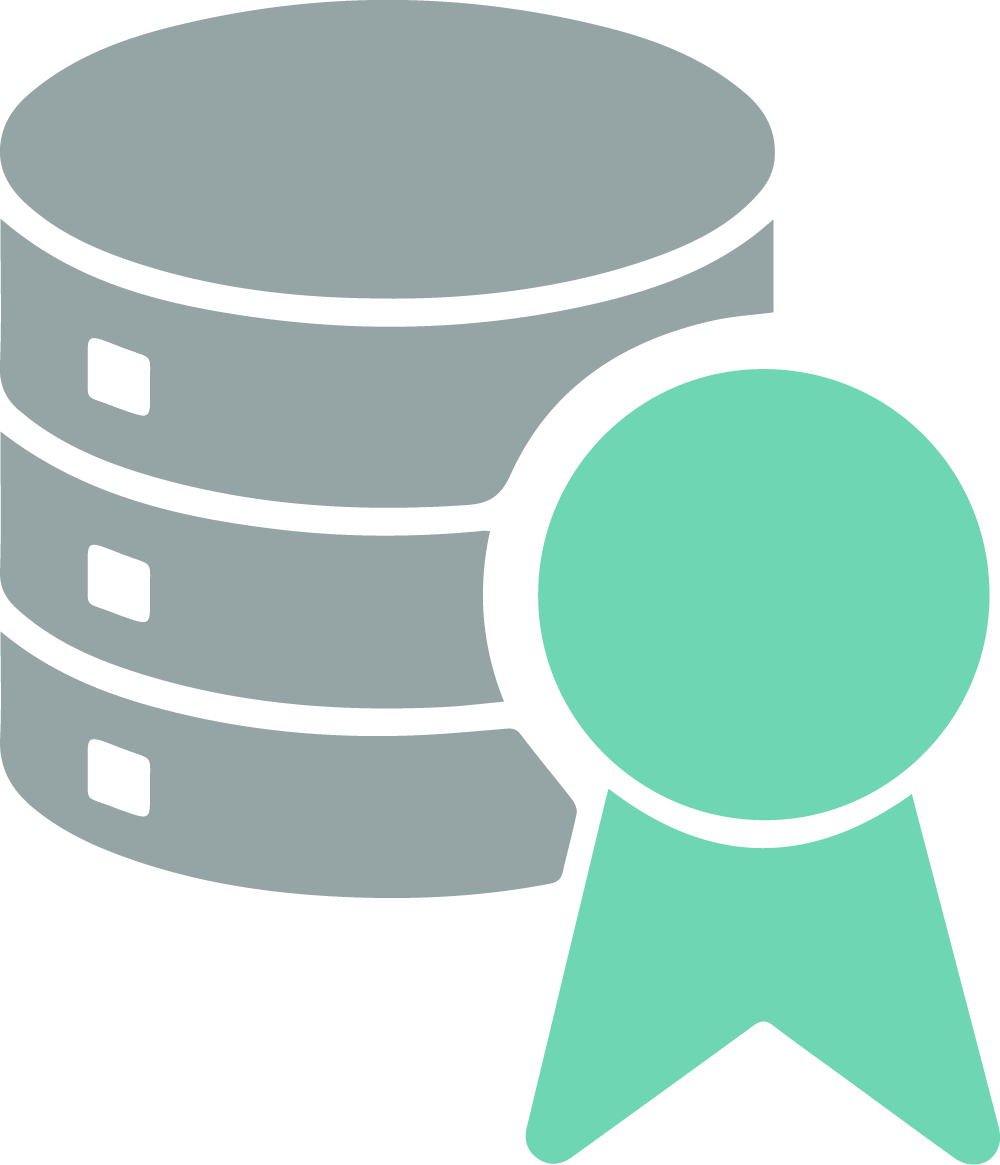Tag: data architecture
Data Strategy
Written by ew_admin on . Posted in Glossary. No Comments on Data Strategy
Your company’s data strategy defines the goals and objectives for data-related activities, and the methods that will be used to achieve them. The data strategy may include elements such as data governance, data management, data architecture, data analytics, data quality, and data security.
The data strategy is typically developed by senior management and data experts within an organization and is aligned with the organization’s overall strategic goals. It sets out a roadmap for how data will be collected, stored, managed, and used to drive business success. The data strategy may also outline specific initiatives, projects, or investments required to achieve the goals set out in the strategy, as well as the resources required to execute them. A well-defined data strategy can help organizations make informed decisions, improve efficiencies, reduce costs, and drive innovation.
A consultancy can help businesses develop a data strategy by providing expertise and guidance on various aspects of data strategy development. This may include assessing the current state of data management within the organization, identifying business goals and objectives related to data, defining data governance policies and procedures, selecting appropriate technologies and tools, establishing data quality and security protocols, and creating a roadmap for implementing the strategy. The consultancy may also provide ongoing support for the implementation and maintenance of the strategy, as well as training and education for staff. Overall, the consultancy can bring a wealth of experience and knowledge to help the business develop and execute a successful data strategy.
To start setting up a data strategy, here are some steps you can take:
- Define your business goals: Identify the key business objectives and goals you want to achieve with data.
- Evaluate your current data assets: Identify what data you have, where it’s stored, and how it’s managed.
- Identify gaps and opportunities: Analyze the gaps between your current state and your desired future state. Identify the opportunities for improvement.
- Define your target data architecture: Develop a roadmap for your data architecture to achieve your goals and close the gaps.
- Develop a plan for data governance: Define how data will be managed, protected, and used throughout the organization.
- Determine your technology requirements: Define the technology platforms and tools that will be needed to achieve your data strategy.
- Identify your resource requirements: Define the resources required to execute your data strategy, including people, budgets, and timelines.
- Develop a roadmap: Create a detailed roadmap for implementing your data strategy, including timelines and milestones.
- Communicate and socialize your strategy: Communicate your data strategy throughout the organization to ensure buy-in and support.
- Monitor and adjust: Regularly monitor progress and adjust your strategy as needed to ensure alignment with your business objectives.
Get in touch with us to talk about your project and see how we can help you with your data strategy.
Training
Written by ew_admin on . Posted in Data services. No Comments on Training
Data Modelling & Architecture
Written by ew_admin on . Posted in Data services. No Comments on Data Modelling & Architecture
Data modelling and architecture
Written by ew_admin on . Posted in Glossary. No Comments on Data modelling and architecture
Data modelling involves identifying the data requirements of an organisation, creating a conceptual model of the data, and defining the relationships between the data elements. The model serves as a blueprint for how data will be stored, managed, and accessed within an organisation.
Data architecture defines the overall structure of the data, including the physical and logical components, as well as the policies and standards for data management. This includes defining the data storage systems, database schemas, and data access methods, as well as the relationships between data elements and how data will be integrated from different systems.
The goal of data modelling and architecture is to ensure that data is stored and managed in a way that supports the needs of the organisation, is efficient, and provides a high level of data quality. It also helps organizations to make informed decisions by providing a clear and accurate view of their data, which can lead to improved decision-making, increased efficiency, and enhanced customer experiences.
Data modelling and architecture is a critical aspect of data management, providing the foundation for effective data management and ensuring that data is stored and managed in a way that supports the goals and objectives of the organisation.
Traditional tools and software are used for data modelling
here are several tools and software commonly used for data modeling, including:
- ERwin: A data modeling tool that provides a visual representation of data structures, relationships, and data flow.
- Oracle SQL Developer Data Modeller: A data modeling tool that supports database design and modeling for Oracle databases.
- IBM InfoSphere Data Architect: A data modeling tool that supports data architecture, design, and modeling for a wide range of databases and data sources.
- Microsoft Visio: A diagramming and vector graphics tool that can be used for data modeling, as well as other types of diagrams.
- ER/Studio: A data modeling tool that supports data modeling, database design, and data architecture for a wide range of databases and data sources.
- CA ERwin Data Modeler: A data modeling tool that supports data modeling, database design, and data architecture for a wide range of databases and data sources.
- Sybase PowerDesigner: A data modeling tool that supports data modeling, database design, and data architecture for a wide range of databases and data sources.
- SAP PowerDesigner: A data modeling tool that supports data modeling, database design, and data architecture for SAP environments.
These tools can vary in terms of functionality and the types of databases and data sources they support, so it is important to choose a tool that is best suited to the specific needs of an organisation.
When working with data in a cloud environment, the tools are different from older technologies:
- Amazon Web Services (AWS) Glue: A cloud-based data integration service that supports data modeling and ETL (extract, transform, load) operations.
- Google BigQuery: A cloud-based data warehousing service that supports data modeling and query operations.
- Microsoft Azure Data Factory: A cloud-based data integration service that supports data modeling and ETL operations.
- Snowflake: A cloud-based data warehousing service that supports data modeling, data warehousing, and data analytics.
- Alteryx Connect: A cloud-based data modeling and data integration platform that supports data modeling, ETL operations, and data collaboration.
These tools are designed to work in a cloud environment and are optimized for the unique challenges and requirements of cloud data management. They provide a scalable, flexible, and cost-effective solution for data modeling and data integration, making them well-suited for organizations looking to take advantage of the benefits of the cloud.
When working with data in a cloud environment, it is important to choose a tool that is best suited to the specific needs of an organisation and the type of data being managed. The above tools are commonly used for data modeling in a cloud environment, and offer a range of features and capabilities to support effective data management and analysis.
There are several reasons why businesses choose to perform data modelling and architecture in the cloud, including:
- Scalability: Cloud-based data modeling and architecture solutions are designed to be highly scalable, allowing organizations to quickly and easily scale their data management infrastructure as their needs change.
- Cost-effectiveness: Cloud-based data modeling and architecture solutions are typically more cost-effective than traditional on-premise solutions, as they eliminate the need for expensive hardware and infrastructure, and can be priced on a pay-as-you-go basis.
- Flexibility: Cloud-based data modeling and architecture solutions provide a high level of flexibility, allowing organizations to quickly and easily adapt to changing business requirements.
- Collaboration: Cloud-based data modeling and architecture solutions often include collaboration features, allowing teams to work together more effectively, regardless of location.
- Accessibility: Cloud-based data modeling and architecture solutions provide easy and secure access to data from anywhere, at any time, making it easier for organizations to make informed decisions and respond to changing business needs.
- Data Security: Many cloud-based data modelling and architecture solutions offer robust data security features, including encryption, secure data storage, and access controls, which can help businesses to protect their sensitive data.
In summary, cloud-based data modeling and architecture provides a flexible, cost-effective, and scalable solution for data management, and allows organizations to take advantage of the many benefits of the cloud, including scalability, cost-effectiveness, flexibility, collaboration, accessibility, and data security.
Data Quality
Written by ew_admin on . Posted in Data services.
Data quality
Written by ew_admin on . Posted in Glossary. No Comments on Data quality
Data quality is the degree to which data is fit for its intended purpose in terms of its usability and reliability. High-quality data is essential for effective decision-making, analysis, and reporting.
Accurate data is free from errors and is a true reflection of reality. Completeness refers to having all the necessary data elements for a specific purpose or analysis. Consistency ensures that data is standardised and uniform across all sources. Timeliness ensures that data is available when needed and is up-to-date. Finally, relevance ensures that the data is useful and applicable to the specific task or analysis at hand.
Poor data quality can lead to inaccurate analysis, flawed decision-making, and miscommunication. It can also lead to wasted time and resources spent on correcting errors and inconsistencies. As a result, ensuring high-quality data is essential for any organisation that relies on data to make informed decisions and drive business outcomes.
There are several ways to improve data quality:
- Data Governance: Establishing a robust data governance framework can help ensure that data is accurately collected, processed, and stored.
- Data Profiling: Conducting data profiling helps identify data quality issues by analyzing data characteristics such as completeness, accuracy, and consistency.
- Data Standardisation: Standardizing data by using consistent naming conventions, data formats, and data definitions can help ensure that data is consistent and uniform across all sources.
- Data Cleansing: Data cleansing involves identifying and correcting errors, inconsistencies, and inaccuracies in data.
- Data Validation: Data validation involves checking data accuracy and completeness by comparing it to known values, rules, and criteria.
- Data Verification: Data verification involves checking data accuracy and completeness by comparing it to external sources or other data sets.
- Data Quality Metrics: Establishing data quality metrics helps measure the effectiveness of data quality initiatives and identify areas for improvement.
Improving data quality requires a combination of technical and organisational efforts. By establishing a robust data governance framework, conducting data profiling, standardiSing data, cleansing data, validating data, and measuring data quality metrics, organisations can improve their data quality and ensure that data is reliable and fit for its intended purpose.




